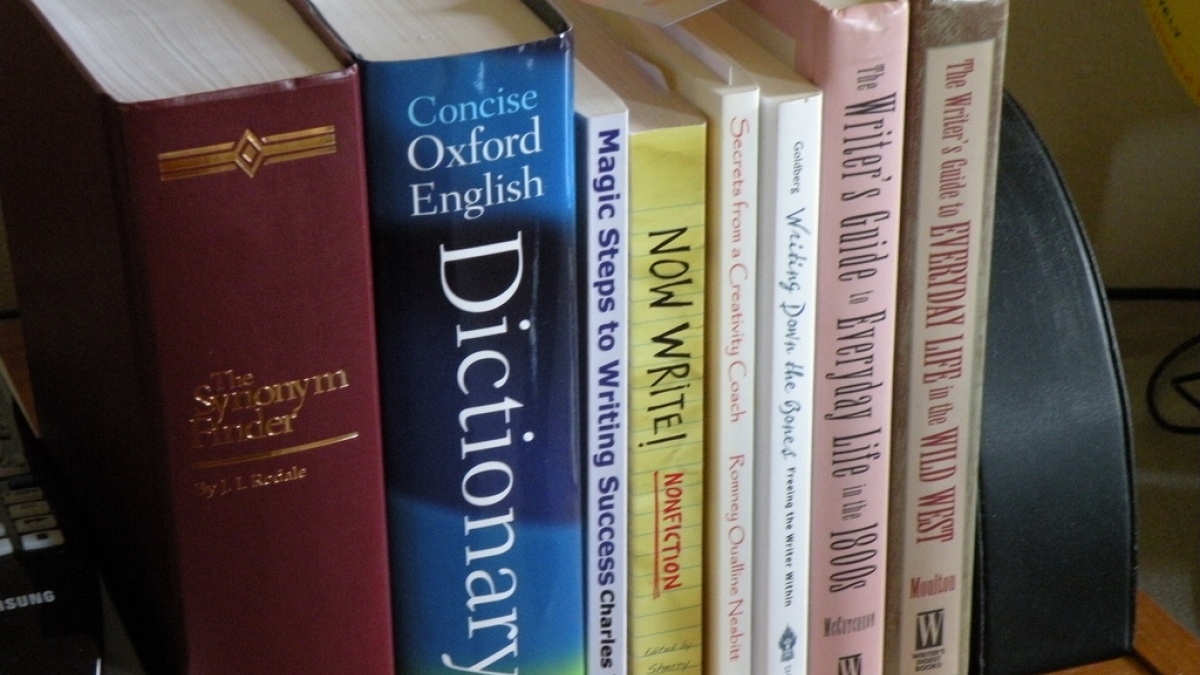
Writing for the Web
Ah, content. Without it, even the most dazzling websites would be basically useless. While we all undoubtedly understand the importance of good web content, producing it seems to be one of the biggest obstacles facing anyone in web development. Without fail, it's the content that holds up most web projects.
This doesn’t have to be the case. A few simple rules can help even the most reluctant writers produce copy that will engage readers and get the message out.
Keep it simple, sweetie (KISS)
The KISS philosophy isn’t revolutionary, but it is effective. Even though you are extremely knowledgeable about your industry, most visitors to your web site don’t know as much about it as you do. Industry speak and technical terms that make sense to you will likely lose your readers.
Omit it
Any journalism student can tell you that you really only have one chance to engage your reader, so you’d better make it count. Too much copy on a page can lose your audience quickly. If you’re writing it, you want people to read it. In short - keep it short.
Chunk it
Not only should your copy be brief, your sections of copy should be short, too. Smaller chunks are easier to read and more appealing, increasing the chances that your audience will actually read what you’ve written.
List it
Another way to make copy look more appealing is to break it up into easily scannable bits of text such as:
- bulleted lists
- numbered lists
- block quotes
Know it
The best way to get your message across is to write what you know. However, if you’ve been tasked with creating copy about a topic that’s unfamiliar or for an audience you don’t know, don’t be afraid to ask for help. Do your research, and find the experts in your company –your boss, technical staff, or salespeople – and listen to how they talk about the topic. If visitors to your site assume you’re the experts, you definitely want to sound like you are.
Photo credit: ![]() Some rights reserved by KristinNador
Some rights reserved by KristinNador

